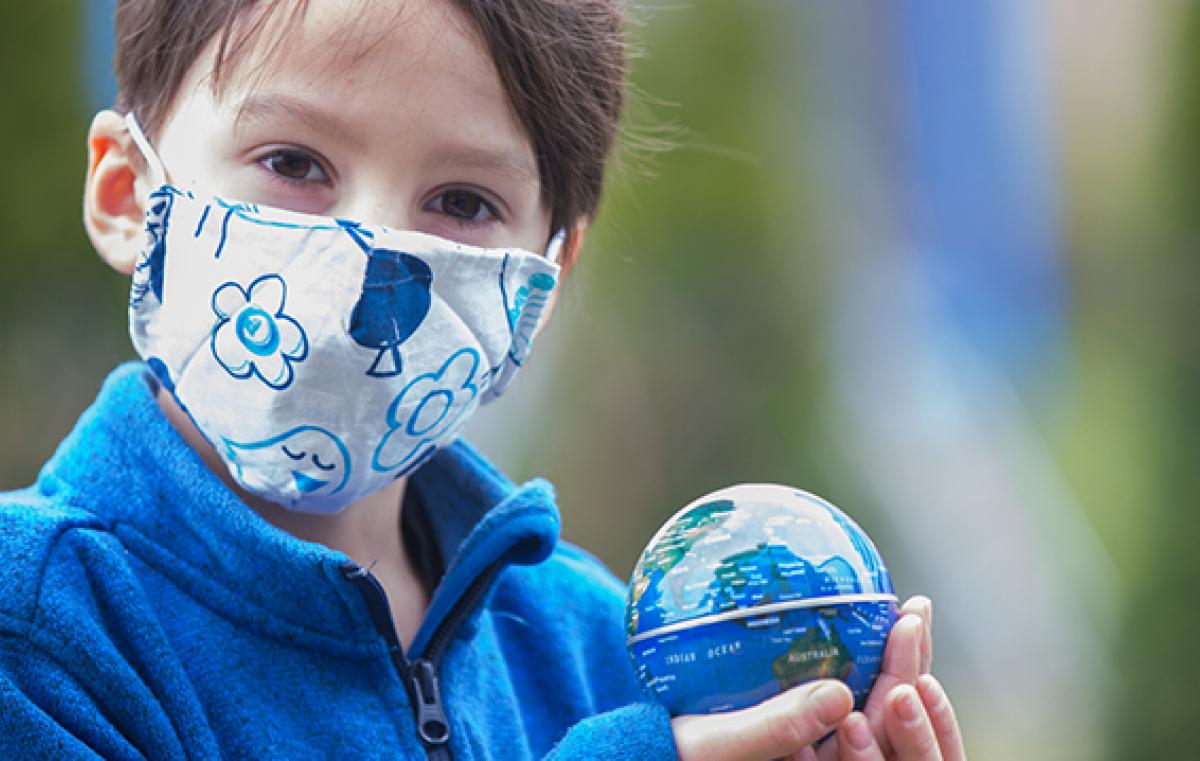How Do Children Perceive Leaders?
In their eyes, leaders' position of power entails more responsibility, rather than more entitlement

Important strides have been made in recent years in uncovering children’s knowledge about hierarchical social relationships. Much of these have focused on dominance, a hierarchy in which individuals defer to others out of fear or intimidation.
In a new study published in Child Development, researchers from Central European University and Bar-Ilan University begin to explore how young children conceptualize leadership, a hierarchy that is based on voluntary deference and respect. Specifically, they examined whether children view leaders primarily as more entitled individuals (deserving preferential treatment) or more responsible individuals, relative to non-leaders. Such concepts could underlie children’s predictions and evaluations of leaders’ and non-leaders’ behavior in a variety of situations.
The researchers presented five-year-old Israeli children stories about a group who elect a leader and go to an amusement park. Each story involved a collaborative situation. In one, rides required two protagonists – thus establishing a joint goal -- and to activate a ride, the protagonists must put coins into its piggy-bank box. Children were shown a hierarchical dyad (a leader and a non-leader) and an egalitarian dyad (two non-leaders), and their respective coins, in turn. Children anticipated how many coins each protagonist would contribute to activate the ride and judged the acceptability of two ‘actual’ contributions (small or large) by the leader (hierarchical dyad) and non-leader (egalitarian dyad). The other story was similar, except that protagonists only had to ride in dyads, and dyads fulfilling this requirement received a prize. Children's anticipation of relative withdrawals from the joint prize, and acceptability judgments of ‘actual’ small and large withdrawals by a leader (hierarchical dyad) and a non-leader (egalitarian dyad) were measured.
Results showed that children expected a leader to contribute more to a joint goal than its non-leader partner, expected a leader to withdraw an equal share (not more) from the common prize, and judged a leader more harshly than a non-leader for not adhering to these two behaviors. "These findings show that children view leaders as more responsible (not more entitled), relative to non-leaders, in two collaborative contexts," said the study's first author, Dr. Maayan Stavans, of Central European University, who collaborated on the research with Prof. Gil Diesendruck, of the Department of Psychology at Bar-Ilan University. "Our focus on collaborative situations, extends prior research presenting primarily competitive or neutral contexts. It is also a first demonstration that children understand conferred leadership by election."
"Because children were not asked about familiar kinds of authority figures, such as teachers and parents, nor about situations in their everyday lives, their responses reflect sophisticated ideas about leadership applied to novel protagonists and situations. While impressive, we have yet to understand how children come to think leaders have increased responsibility, at what point do they begin to represent leaders’ increased entitlement (as adults do!), and how dependent are these representations on context," added Dr. Stavans.
Meanwhile, the researchers say that parents and educators can capitalize on the finding that children attribute leaders increased responsibility in two ways. First, they, as ‘leaders’, should behave toward their children ‘followers’ in line with these ideas, to reinforce them. Second, once children begin to attribute increased entitlement to leaders, parents and educators can explain how position perks come with increased responsibility and can be lost when responsibility is unfulfilled, upholding leaders when needed.